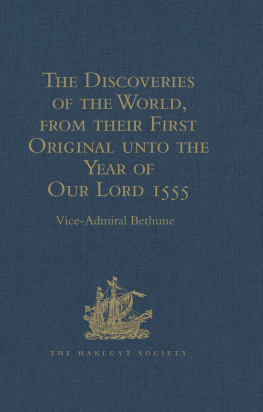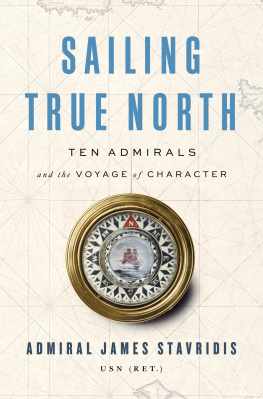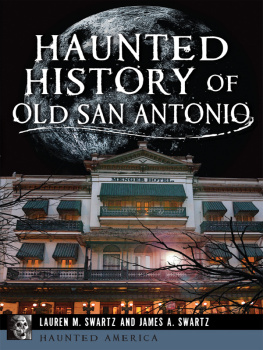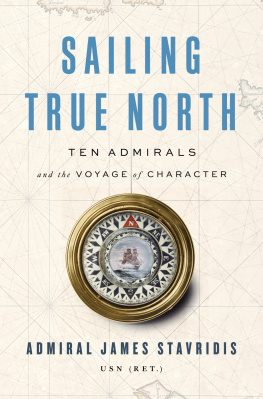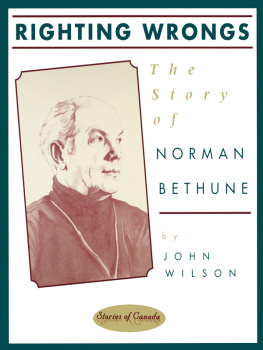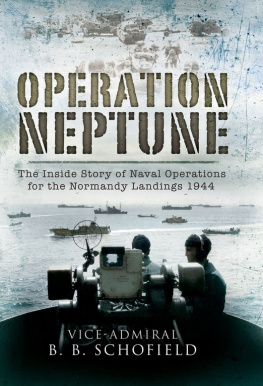First published by Ashgate Publishing
Published 2016 by Routledge
2 Park Square, Milton Park, Abingdon, Oxon OX14 4RN
711 Third Avenue, New York, NY 10017, USA
Routledge is an imprint of the Taylor & Francis Group, an informa business
All rights reserved. No part of this book may be reprinted or reproduced or utilised in any form or by any electronic, mechanical, or other means, now known or hereafter invented, including photocopying and recording, or in any information storage or retrieval system, without permission in writing from the publishers.
Notice:
Product or corporate names may be trademarks or registered trademarks, and are used only for identification and explanation without intent to infringe.
Founded in 1846, the Hakluyt Society seeks to advance knowledge and education by the publication of scholarly editions of primary records of voyages, travels and other geographical material. In partnership with Ashgate, and using print-on-demand and e-book technology, the Society has made re-available all 290 volumes comprised in Series I and Series II of its publications in both print and digital editions. For information about the Hakluyt Society visit www.hakluyt.com
ISBN 13: 978-1-4094-1296-0 (hbk)
WORKS ISSUED BY
The Hakluyt Society.
GALVANO'S DISCOVERIES OF THE WORLD.
M.DCCC.LXII.
LONDON: T. RICHARDS, 37, GREAT QUEEN STREET.
THE English text was printed from a manuscript copied from Hakluyt's version published in 1601.
We learn from his "Epistle Dedicatorie," that "it was first done into our language by some honest and well affected marchant of our nation."
Hakluyt was not the man to be contented with a translation if better materials could be obtained, and he appears to have made diligent inquiry after the original, but without success.
More fortunate than he, the Hakluyt Society has been able to obtain sight of a copy of the original, published in 1563,the Portuguese text has been printed. The Nouvelle Biographie Gnrale calls this work "rarissime," but speaks of two copies, one in the National Library at Lisbon, the other in the Library of D. Francesco da Mello Manuel.
On comparing Hakluyt's version with the original, some omissions and additions have been noticed. It is not possible at this date to trace the causes of the former, probably they arose from inadvertence in the translator; they have been supplied within brackets: the latter are due to Hakluyt, who, failing to obtain the original work, supplied what he thought necessary from the "original histories," and to him also are probably due the marginal references.
Antonio Galvano was born at Lisbon in 1503. He embarked for India in 1527, where he soon distinguished himself.
He was selected by the Viceroy Don Nunho da Cunha, to reduce and govern the Moluccas. After a time he succeeded, as much by valour as by judicious conduct, in bringing these islands under Portuguese sway; and by exercising strict justice and kind dealing towards the natives, both rare in those days, he earned the title of the "father of the country."
But his deeds were not limited to earthly conquest. Galvano, so intrepid at the head of his troops, might also be seen, with a crucifix in his hand, preaching the Gospel publicly, whereby he became known as the "Apostle" of the Moluccas.
Having spent many years and much treasure in benefiting the people committed to his charge, he was recalled to Europe. But calumny and envy appear to have been at work, and he was coldly received by his sovereign, John III. Finally, he was reduced to such a state of indigence, that he was fain to find refuge in the Royal Hospital at Lisbon, where he died in 1557.
Galvano was a man of rare talent, well versed in religious and secular knowledge, and also well instructed in warlike arts, both military and naval. Faria y Sousa sums up his high qualities in these words:
"His fame will never perish, so long as the world endures; for neither weak kings, nor wicked ministers, nor blind fortune, nor ages of ignorance, can damage a reputation so justly merited."
He spent the latter part of his life in compiling an account of all known voyages, and thus he may be styled the founder of historical geography. His papers were left at his death to his friend Don F. y Sousa Tavares, who published them.
This short sketch of an illustrious and hardly used man is taken from the Biographie Universelle Ancienne et Moderne , 1816, and Nouvelle Biographie Gnrale, 1857.
The editor's labours have been confined to superintending the press, and he has been careful to retain the quaint language and spelling both in the original and translation. Perhaps an apology is due for his having undertaken this work, possessing only a slight and superficial knowledge of the Portuguese language. If excuse be necessary, he has to plead that the work was considered to possess great interest, and that no one else seemed inclined to undertake the labour. He has been relieved from some responsibility by the kindness of his Excellency the Count de Lavradio and the gentlemen of the Portuguese legation; but his special thanks are due to M. le Chevalier dos Santos, who kindly undertook to go over the proofs, and who thereby enabled him to supply many deficiencies and avoid many errors.
The Biographie Universelle speaks of an edition in 12mo. printed in 1555.
Asia Portuyuesa .
TRATADO,
QUE COMPS O NOBRE & NOTAUEL CAPITO
ANTONIO GALUO, DOS DIUERSOS & DESUAYRADOS
CAMINHOS, POR ONDE NOS TEMPOS PASSADOS A
PIMENTA & ESPECEARIA VEYO DA INDIA S
NOSSAS PARTES, & ASSI DE TODOS OS
DESCOBRIMENTOS ANTIGOS & MODER
NOS, QUE SO FEITOS ATE A ERA
DE MIL & QUINHENTOS &
CINCOENTA.

